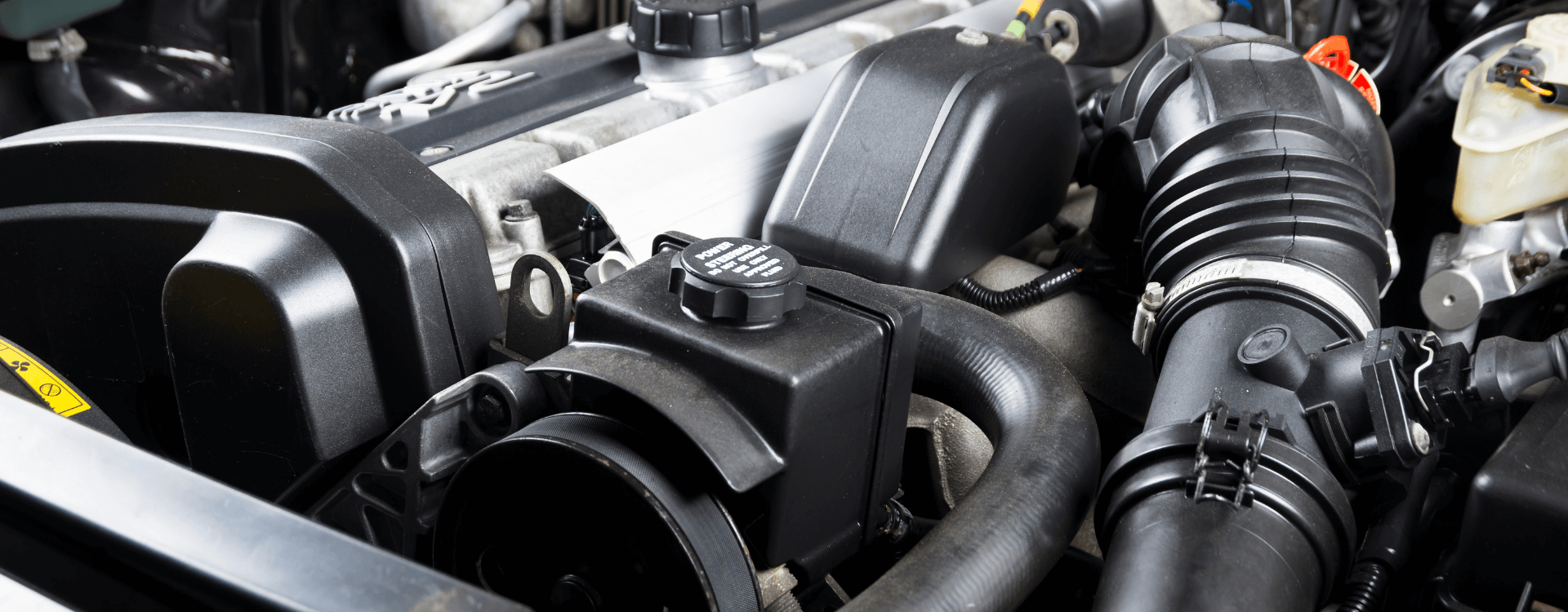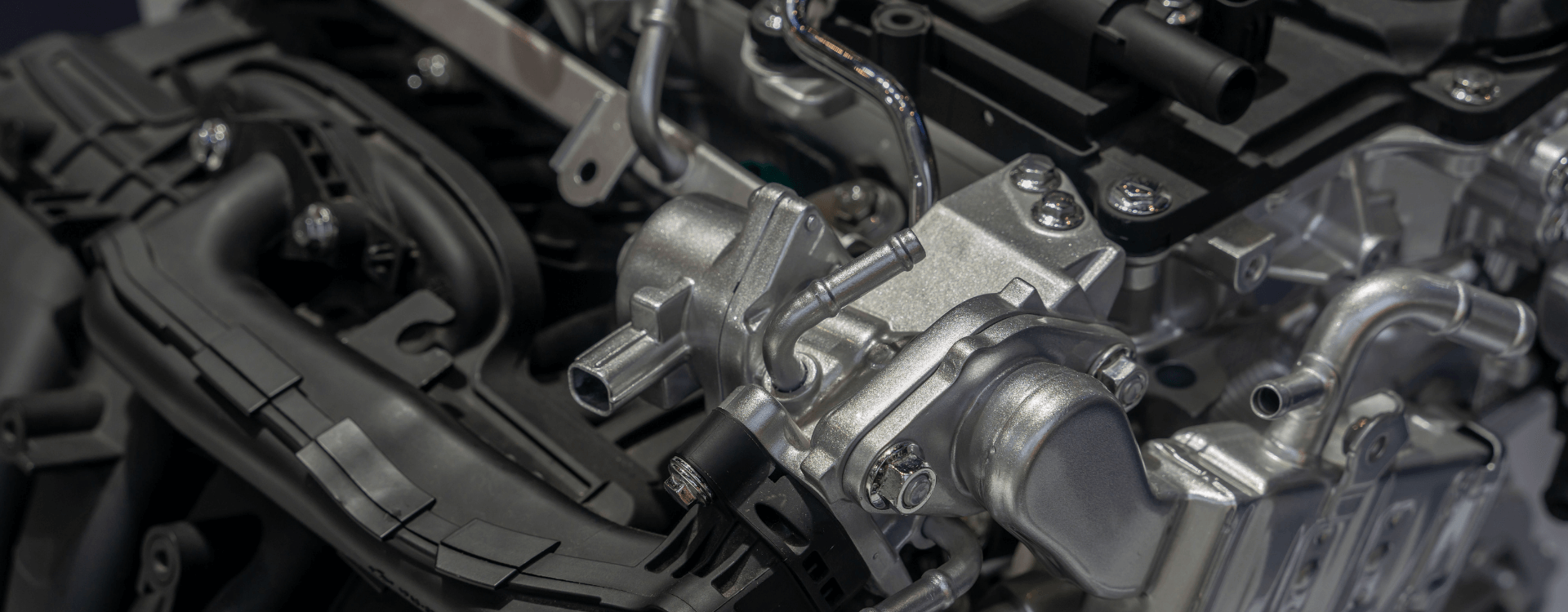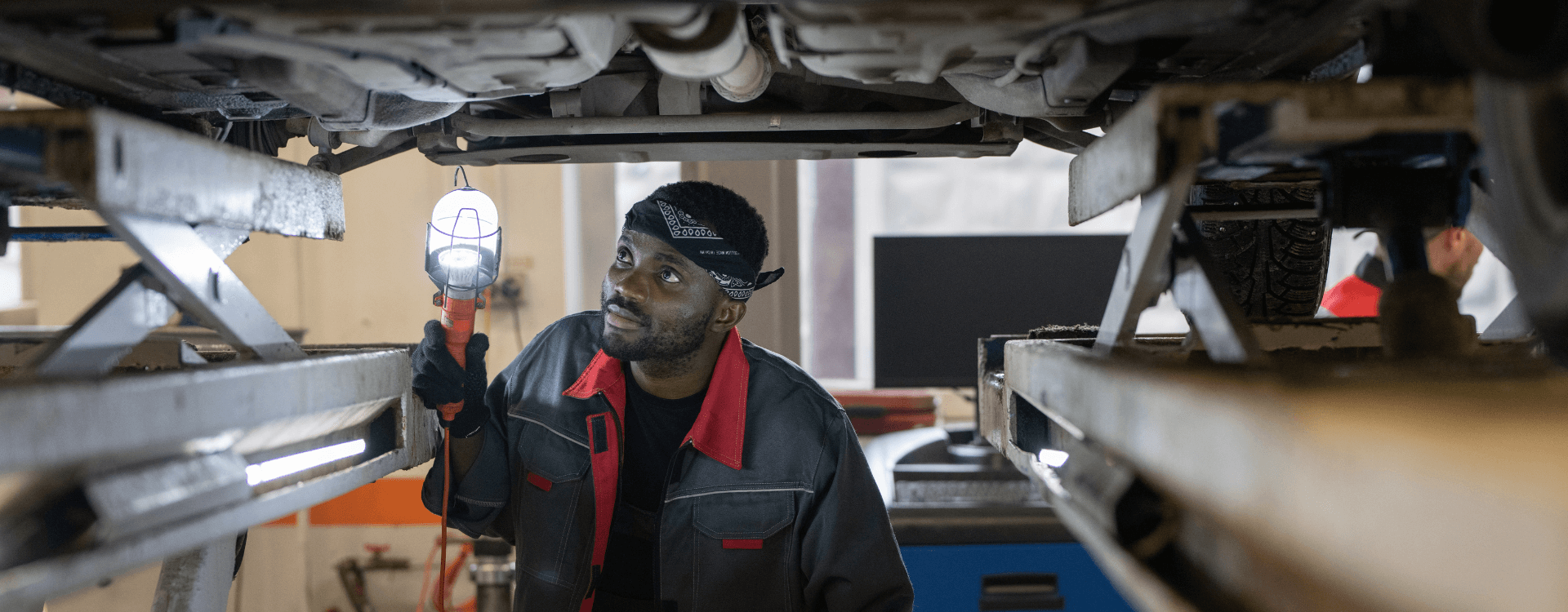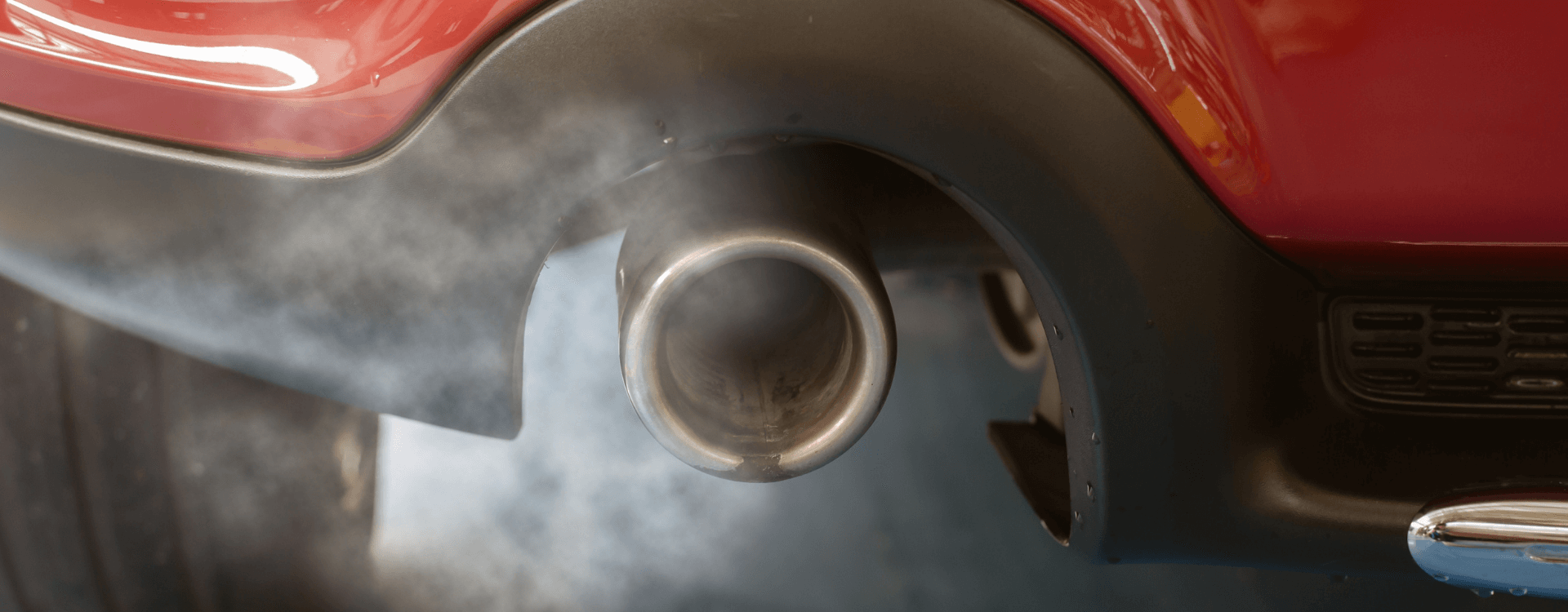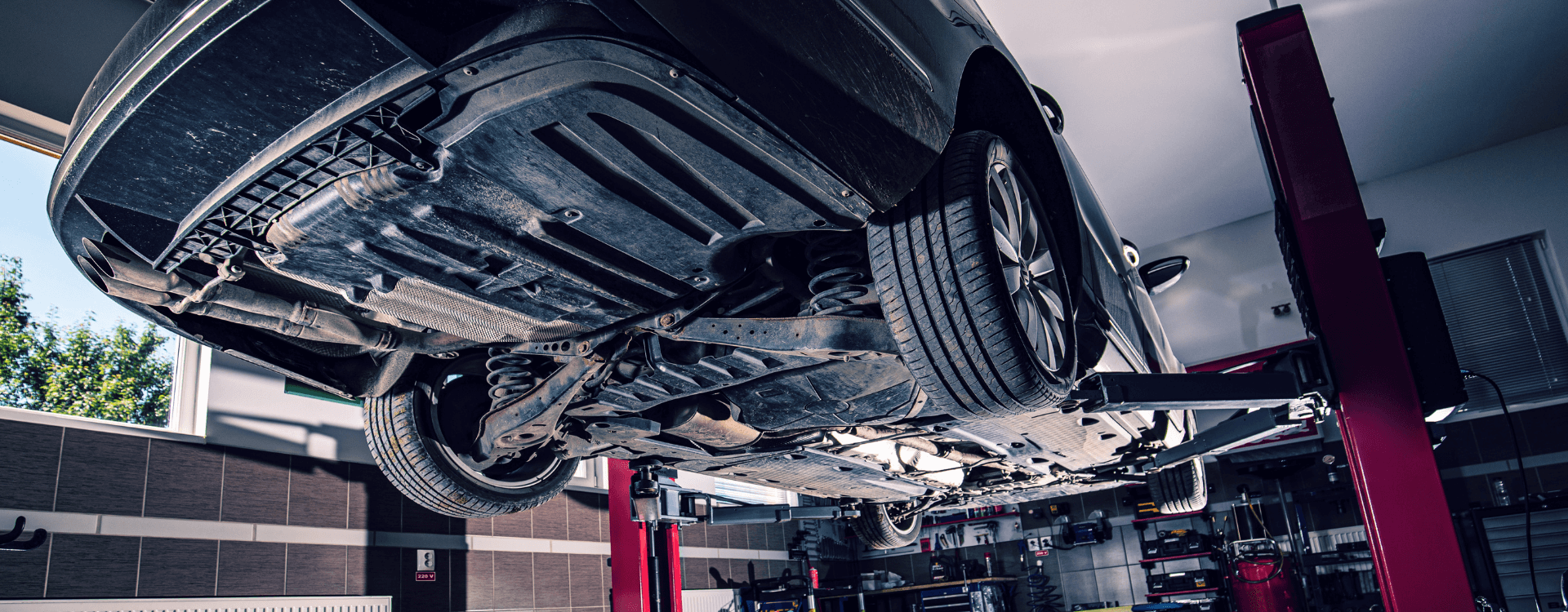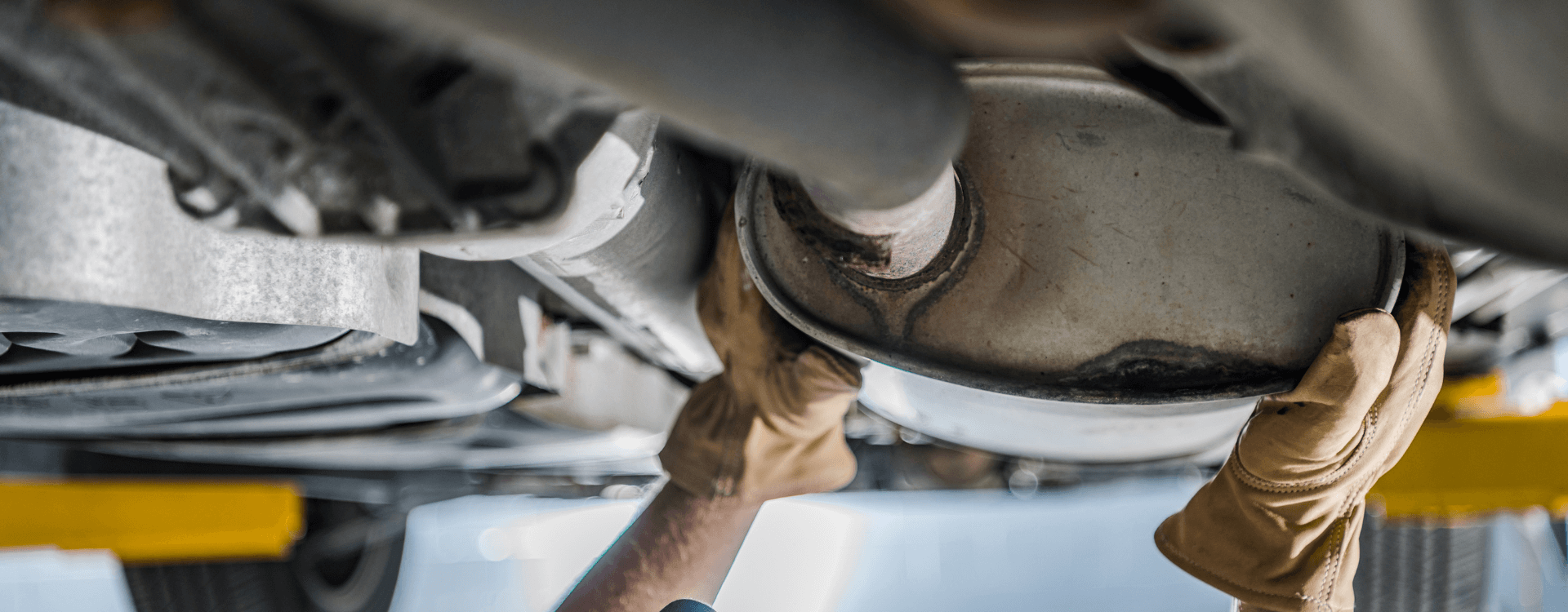
The evolution of exhaust systems: a comparison between combustion and electric cars
Electric cars are playing an increasingly important role in the French car parc. It brings a number of major innovations. On the other hand, we are witnessing a profound mechanical overhaul, since combustion and electric cars operate quite differently.
So here are a few things you need to know about exhaust systems. As you will see, the exhaust system is no longer simply a means of transporting exhaust gases from the front to the rear of a vehicle. It has now become a mechanical component in its own right, housing a number of components.
Thermal/electrical: two very different functions
First and foremost, it's important to understand the difference between a car with an internal combustion engine and one with an electric motor.
In the case of combustion engines, energy is produced using thermal energy. Typically, unleaded petrol or diesel is injected, along with a mixture of air, to get the engine moving. The energy released is then used to drive the vehicle's drive wheels.
As a result, a number of pollutants are emitted. These are gases that may contain nitrogen oxides or carbon monoxide, which are released via the exhaust system. Since the early 1990s, there has been a growing awareness of the pollution generated by cars with combustion engines.
Since then, various devices have been devised to chemically transform pollutants into water and carbon dioxide (CO2), such as particle filters and catalytic converters. Pollution has also been reduced by downsizing engines with turbochargers.
In the case of electric cars, the motor's energy is drawn directly from the battery. There are no toxic emissions of any kind. However, these cars are not totally neutral for the planet. In fact, the manufacturing process is highly polluting. For a start, there's the battery, often lithium-ion, which requires lithium to be extracted and transported, creating significant pollution. Then there's the problem of recycling the battery and producing the electricity itself.
In France, energy is mainly generated from renewable sources, with a significant proportion from nuclear power. This helps to reduce the carbon footprint, unlike in other countries where coal-fired power stations are sometimes still in operation.
Electric and combustion-powered cars therefore operate differently. Similarly, the pollution they generate is not the same. Cars with petrol or diesel engines pollute mainly when they are being driven, whereas electric cars pollute mainly when they are being manufactured and recycled.
Do electric cars have an exhaust ?
Electric car engines do not emit any pollutants. As a result, there is no need for an exhaust system, as no gases need to be evacuated. That's why electric cars don't have tailpipes either. However, the most powerful and sporty models sometimes have a diffuser at the rear.
This is an element that sits on the lower part of the rear bumper. The purpose of this feature is to allow air flows to circulate, for aerodynamic purposes. Contrary to frequent rumours on this subject, the diffuser is not unique to combustion-powered cars.
The very design of electric cars means that they emit no pollution when driving. That's why major cities are gradually introducing restrictions on combustion engine cars, in favour of electric models. The latter emit no carbon dioxide, which has an unstoppable impact on pollution. Over time, the range of electric cars has grown considerably.
Performance: who wins ?
Electric cars are often promoted by carmakers. They are sometimes even the brand's technological showcase and a demonstration of its expertise. To complete the picture, the power injected is sometimes very high, thanks to the use of a high-power electric motor. Sometimes, several motors are used. In the case of the Tesla Model S Plaid, for example, there are no fewer than three different motors, delivering 1,020 horsepower to all four wheels.
For the same amount of power, an electric car will inevitably be heavier, because of the mass of the battery. However, performance is generally better. Electric cars, unlike internal combustion engines, deliver immediate torque without any loss of power.
When cornering, installing the electric battery under the floorboard lowers the centre of gravity. This significantly improves cornering speed. So electric cars can be sporty. In fact, this is increasingly the case with the rise of dynamic models such as the Abarth 500e or the Cupra Born.
Pollution: why are electric cars taking the lead ?
The carbon footprint of electric cars is not entirely neutral. The manufacture and recycling of the battery emit a lot of carbon dioxide. During its lifetime, the electric car will offset this carbon footprint. Batteries are guaranteed for 8 years or 160,000 kilometres.
The actual life of the battery depends on how the vehicle is used. Some models can have a battery that lasts more than 10 years. The actual pollution of an electric car therefore depends on a number of parameters.
Over the years, carmakers have been trying to reduce the carbon footprint of electric cars. New battery chemistries are being tested and rolled out in series. In the case of the Stellantis group, the new 156bhp electric motor uses a battery technology made up mainly of nickel. This avoids the constraints of lithium-ion, and in particular the shortage that is regularly highlighted. The subject of car pollution is therefore vast and complex.
While electric cars are often seen as the solution of the future, they are not without their critics. Above all, today's internal combustion and hybrid cars are less polluting than ever. Engines, catalytic converters and particle filters play an important role in this more environmentally-friendly approach.
Key facts
Thermal and electric cars have as much in common as they have differences! The technology used is being fine-tuned and will play a major role in the future of sustainable mobility. The main challenges will be to further reduce the impact generated by the manufacture and recycling of batteries, as well as the production of electricity itself.
As far asexhaust systems for combustion engines are concerned,Euro 7 will impose new standards that will have an even greater impact on pollutant emissions. Between now and its introduction, both carmakers and equipment manufacturers will have a number of challenges to meet. The result will be lower pollutant emissions.
For all that, the ban on sales of internal combustion engine cars is still on the table, and should come into effect by 2035. To be continued...
Image sources:
Karolina Osinska / Author: RossHelen / License ID: JASKY92ZWN - elements.envato.com

